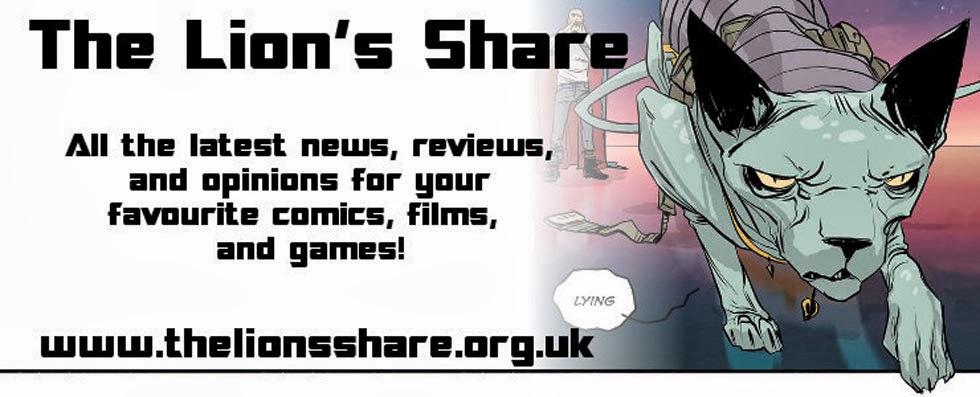A couple of months ago, as a break from immersing myself in the depressing history of the Balkans and the exploitative and patronising practices of early European colonialists, I read my first graphic novel. It was "How to Understand Israel in 60 Days or Less" which follows a pair of young American adults on a birthright tour and explores how their preconceptions about the country and the tour are challenged through the experience. It's pretty weighty stuff for a format I'd casually written off as being purely anthologies of comics! As well as being beautifully illustrated and well-researched the presentation of information meant quite a lot of it stuck in my mind. Certainly, on my own trip to Israel a few days later I was struck by how much I remembered at odd times. More, I think, than I remembered from any of the academic reading or indeed the Lonely Planet guidebook I'd been poring over for months while planning my trip.

One ceasefire doesn't make a peace treaty, of course, but it's a start. I borrowed Ben's copy of Pride of Baghdad for my next foray into this strange, new world, and promptly sat on it for almost two months while finishing up my MSc Finals*. Of course, when I got around to reading it, it took me all of about half an hour, but 24 hours later I'm still thinking through the implications of its political commentary.

On the surface, it's a lushly coloured and somewhat harrowing account of the fate of a pride of lions when the 2003 invasion of Iraq destroyed the zoo they'd called home. Unlike Animal Farm (which can be read by young children as a story about animals a well as being an insightful political commentary on communism for older readers) Pride of Baghdad begins with gang rape and progresses thence through torture and cold-blooded murder, illustrated by graphic depictions which make the Killer Bunny from The Holy Grail look positively pleasant.

Analysing more deeply, the pride represents the people of Iraq, liberated by the American troops whether they wanted it or not: within the pride, some of the lions are pleased by their escape into the concrete jungle while others are not. Taking the analysis further still, there's a sophisticated retelling of the story of Iraq to be found. There are discussions about “outside” and what the pride remembers of it, as well as the concealment of the less-savoury elements from Ali (“Exalted”), the baby of the pride who represents the future of Iraq. The lionesses Safa (“Purity”) and Noor (“Light”) compare memories and stories of “the old days”, with the aforementioned gang-rape perhaps alluding to the number of times Iraq was invaded and conquered from the Middle Ages onwards, but with periods interspersed of prosperity and peace. In my reading, the pride represents the Shia Muslim majority of Iraq, with the zookeepers (killed by the first wave of bombs) representing the ruling Sunni Muslim minority. The pride suffers starvation, dehydration and a loss of their home as a result of the bombing; this uncomfortably highlights the effect of the invasion on the ordinary citizens of Iraq who lost their homes and their livelihoods in the war to topple Saddam Hussein's regime.

There are other groups of animals too: before the bombs begin to fall, one of the antelopes in the zoo talks to Noor, who tries to persuade the antelopes that if they worked together they could all escape. The final substantial group in Iraqi society is the Kurds, and the antelopes' ultimate decision to take their chances in the ruins of Baghdad mirrors the autonomy-seeking stance of the Kurds in Iraq and their distrust of the Arab majority (whether Sunni or Shia: Kurds follow both strands of Islam but are ethnically distinct from Arabs). A monkey tribe attempts to opportunistically abduct Ali, perhaps symbolising elements such as Iran or Al Qaeda taking advantage of the chaos and destruction in the immediate aftermath of the invasions and competing for influence over its future.
Finally, a visit to the deserted main palace in Baghdad reveals a chained male lion, a black bear, and a herd of horses. Given that the book was written in 2006, I take the black bear to be Saddam Hussein and the horses to symbolise justice, driven by Ali. I'm undecided on the significance of the chained lion: perhaps the Shias who had been complicit – on whatever level – with the old regime? I also haven't decided whether the final few pages are intended as a brutal and poignant indictment of the attitude of the American forces or if they were simply necessary for it to stay true to the final events befalling the pride. Of course, it may be both and this is perhaps the most damning political comment in the whole novel.
Ultimately, Pride of Baghdad makes several incisive points in a very subtle fashion, and criticises the foreign policy of those involved in the “Coalition of the Willing” in a way which more mainstream media would struggle to do and still be given airtime. It turns out there are several more graphic novels exploring aspects of the Middle East, and these have been added to my ever-expanding list of Things To Read For Fun Once I've Graduated.
*not literally on it


No comments:
Post a Comment